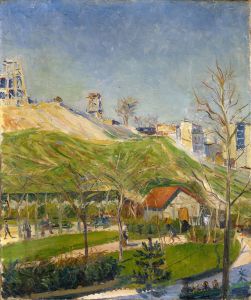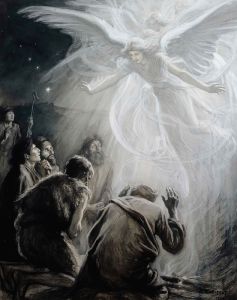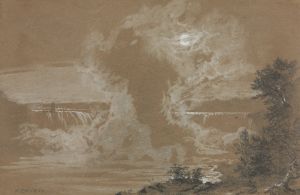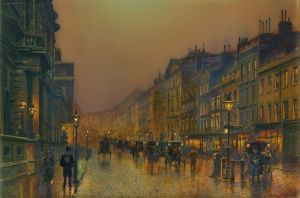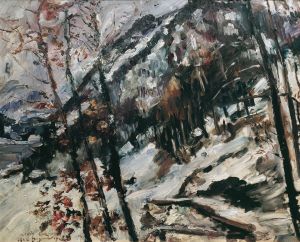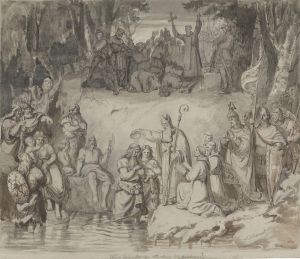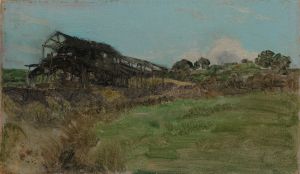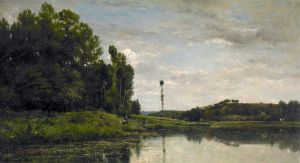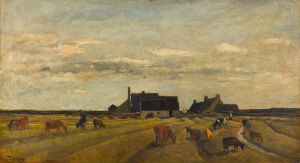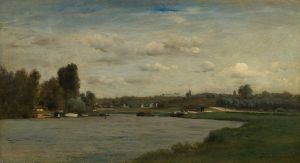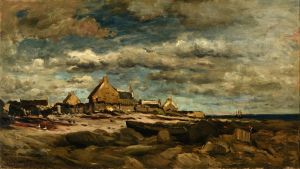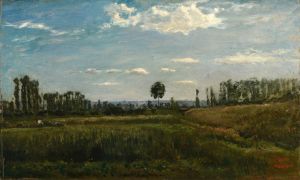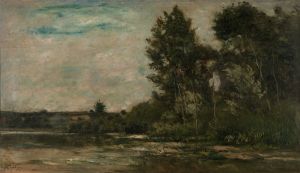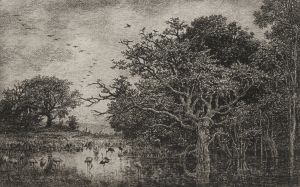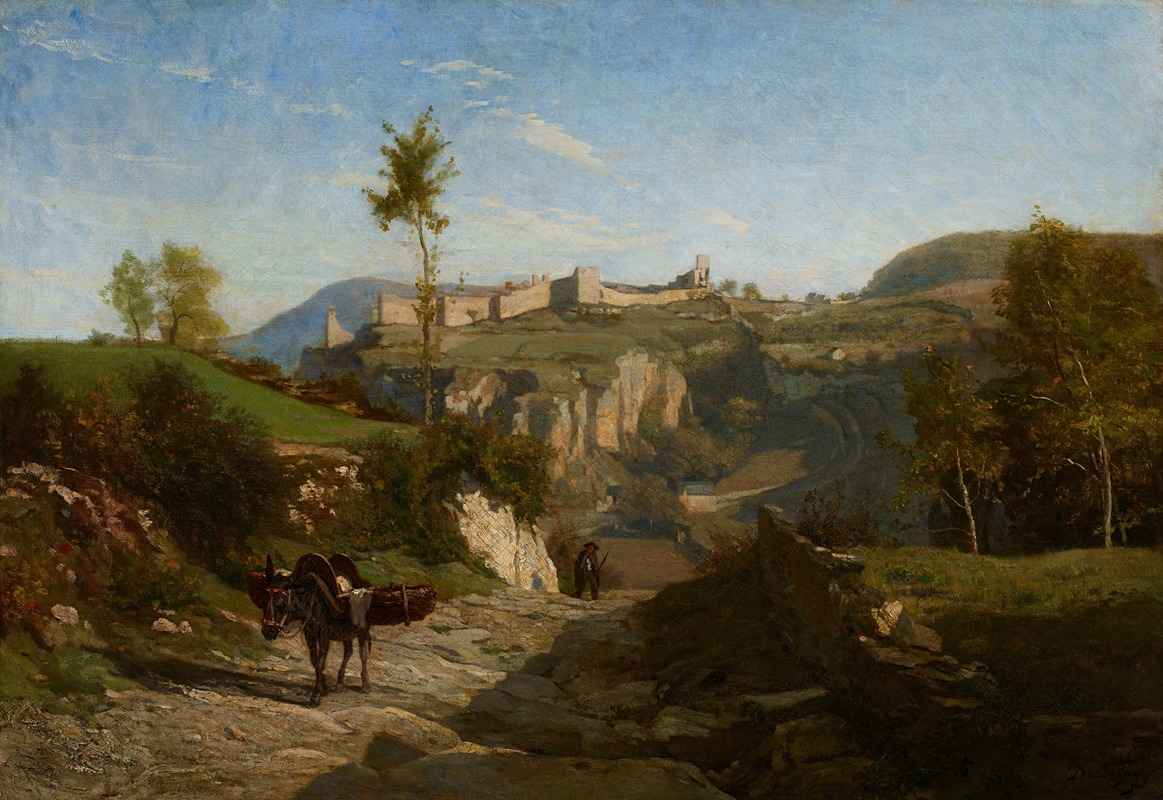
Landscape near Crémieu
A hand-painted replica of Charles François Daubigny’s masterpiece Landscape near Crémieu, meticulously crafted by professional artists to capture the true essence of the original. Each piece is created with museum-quality canvas and rare mineral pigments, carefully painted by experienced artists with delicate brushstrokes and rich, layered colors to perfectly recreate the texture of the original artwork. Unlike machine-printed reproductions, this hand-painted version brings the painting to life, infused with the artist’s emotions and skill in every stroke. Whether for personal collection or home decoration, it instantly elevates the artistic atmosphere of any space.
Charles François Daubigny, a prominent French landscape painter and a key figure in the Barbizon School, created the artwork Landscape near Crémieu. This painting exemplifies Daubigny’s dedication to capturing the natural beauty of rural France, a hallmark of his artistic career. Known for his plein air (outdoor) painting technique, Daubigny often worked directly in nature, which allowed him to depict landscapes with a sense of immediacy and authenticity.
Landscape near Crémieu is believed to have been painted during one of Daubigny’s travels through the French countryside. Crémieu, a small town in southeastern France, is known for its picturesque scenery, including rolling hills, lush vegetation, and historic architecture. The painting reflects Daubigny’s ability to convey the serene and atmospheric qualities of the region, emphasizing light, texture, and the interplay of natural elements.
Daubigny’s work was instrumental in bridging the Barbizon School and the later Impressionist movement. His innovative use of light and color, as well as his preference for depicting ordinary, unidealized landscapes, influenced younger artists such as Claude Monet and Camille Pissarro. In Landscape near Crémieu, Daubigny’s brushwork and tonal variations demonstrate his mastery of capturing the subtleties of nature.
The painting is characterized by its harmonious composition and a subdued color palette, typical of Daubigny’s style. He often employed soft, blended strokes to create a sense of depth and atmosphere, drawing the viewer into the scene. While specific details about the painting’s dimensions, medium, and current location are not readily available, it remains an example of Daubigny’s contribution to 19th-century landscape painting.
Daubigny’s legacy as a landscape artist is significant, as he helped to elevate the genre within the hierarchy of academic art during his time. His works, including Landscape near Crémieu, continue to be celebrated for their poetic representation of the natural world and their influence on subsequent generations of artists.





